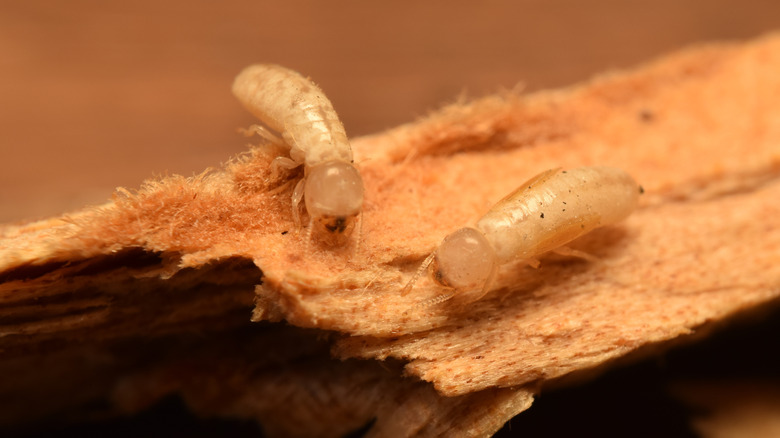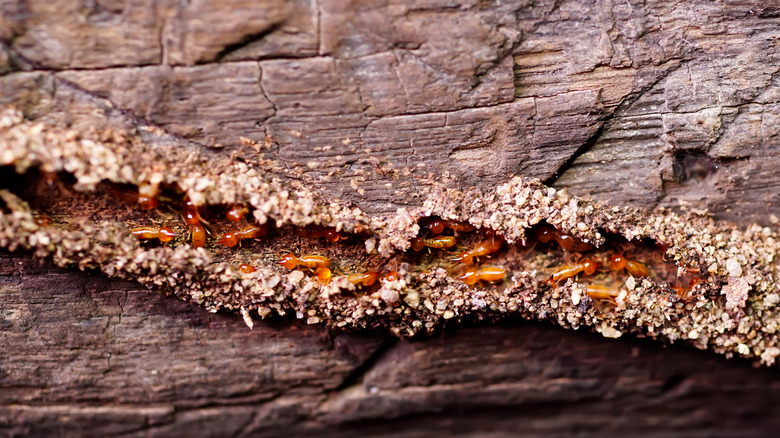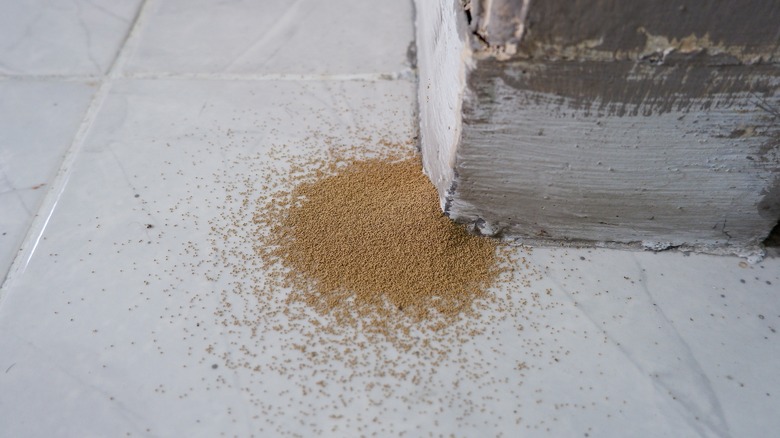What Most People Get Wrong About Drywood Termites
If you think you are seeing termites around your home, it's a scary feeling, leaving you seeking out the best ways to get rid of termites as quickly as possible. Such pests are notoriously destructive and expensive to eradicate. Before you have an invasion of these pesky insects, try taking steps to find signs of termites as early as possible. It's important to create an inspection plan that works against the particular species that you believe you are seeing. If you are seeking signs of drywood termites, for example, you need to deploy certain techniques that are different from searching for the far more common subterranean types of these pests.
Primarily, drywood types are not going to attack the home from the ground near your home's foundation. Most people associate termites with mud tubes that rise up from the ground. However, the drywood types actually swarm to out-of-the-way areas of your home where you may not look for them, like attics, where they do their damage.
Additionally, drywood termites do not need a lot of moisture to survive, which differs from the subterranean insects. When looking for signs of these destructive insects, it pays to remember that drywood termites can show up in different areas than you expect and plan accordingly. If you simply aren't quite sure what you are seeing, it's always best to reach out to a pest exterminator. Most offer free inspections.
How do drywood termites differ from more common termites?
In the United States, roughly 45 different species of termites are active. These termites fall under three general classifications: subterranean, drywood, and dampwood. Subterranean are, by far, the most destructive type of these pests, appearing in every state except Alaska. These are the pests that build the mud tubes, meaning that most people are on the lookout for ground-based signs of these insects when they believe they may have a termite infestation.
The drywood and dampwood types are less common, but they can also destroy wood and cause significant problems for your home. Dampwood insects live in forested areas that have soft and moist wood, meaning they rarely are found near homes. The drywood variety is more apt to try to attack the wood used in the construction of your home. Subterranean termites need the moisture in the soil to survive, while the drywood types pull the moisture they need from the wood. They're able to do this because they have very efficient bodies in terms of the way they use the moisture they obtain.
When trying to determine which type of termite you have, the area of your home where you see them is the primary distinguishing characteristic. However, your region also plays a role. The drywood termite is more likely to appear in a coastal region or in the southwestern United States versus the subterranean variety, which can appear anywhere.
How to recognize if you are seeing drywood termites
Unfortunately, it can be challenging to see signs of drywood termites when they are living inside your walls, furniture, or attic. Once they move in and begin eating the wood, they rarely leave their tunnels. After the population becomes too large for the current space to support them, which can take up to several years, they may swarm, with up to 100 insects looking for a new home. It happens fast. If you aren't looking for the appearance of the swarm at the right time, you might not even see it.
Instead of looking for the actual insects or looking for mud tunnels like those found with subterranean termites, homeowners usually will have more success finding drywood termites by looking for signs and clues that these pests leave behind. Look for piles of droppings, which they push outside the tunnels. Individual droppings are oval shaped with six sides and about 1/25 of an inch in length. Additionally, look for discarded wings in areas where you suspect these pests.
How much does it cost to treat your home for termites? On average, it's less than $2,000, but if you have a severe infestation, you could pay as much as $10,000. Finding these insects early helps to lower the bill by limiting damage. Consequently, the importance of understanding which type of termite you may have and then inspecting for that particular species is key, especially with the elusive drywood termites.


